Cash registers are almost everywhere, a particular compulsory for retail shops. A surprising history lets you deal with completely functional cash registers from the past. Of course, you shouldn’t expect antique/vintage designs in modern shops.
How about displaying a well worth antique or making some money with old ones? Early versions are extremely precious over ornamental design & attractive appeal. Let’s have a look at the vital points on antique cash registers for identification/valuation.
Table of Contents
What is an Antique Cash Register?
The timeline of cash registers is somewhat modern to start from the late 18th century. However, the very first practical design was invented by an honest cashier in the 1880s. Absolute business support with superb elegance literally made it compulsory by the early 1900s.
- Initial cash registers had polished wooden construction with supporting materials. But the 1890s started to observe the eventual domination of brass & cast iron.
- Extreme demand for brass during WWI ceased the brass register ear at 27 years. Sheet metal (particularly steel) replaced the old designs at reduced costs.
- Modern registers to utilize computerized, electrical or specific mechanisms are rather modern. And pieces before the 1915’s cease are considered true antiques.
- National Cash Register actually produced the pieces for commercial purposes. Therefore, many collectors, as well as sellers, keep referring to the subject as NCR.
- NCR stands for National Cash Register, resembling the current versions to a great extent. The most precious, ornate, displayable registers come under the name.
There’s no need to grow confusion between antique NCR with antique cash registers. Professionals are ready to clarify the whole issue with well-specified information.
How to Identify Antique Cash Registers?
Confirming an old register’s authenticity actually takes nothing much. Of course, there are reproductions available in the market to feature antiquity. However, genuine cash registers are somewhat easily recognizable using naked eyes.
· Construction Material
It’s by far the simplest & most popular strategy to ensure a register’s authenticity. Wooden cash registers were the first preferred material right after its invention. Likewise, there are additional metals involved to enable the proper mechanical functionality.
Brass started to replace wooden ones in 1888, initiating a more durable structure. There were several ornate designs to include a brass-wood-metal combination. And 1915 observed the transition from brass to steel, introducing lightweight models.
· Functioning Mechanism
Registering mechanism was obviously different to considerable extents from the present. But continuous evolution of the system resulted in many distinctive mechanisms. That’s where you may feel uncomfortable without knowing how the model worked.
Designs from somewhat less-known brands will give you the most trouble on trading. Fortunately, concerned online communities are available to help you recognize the system. Apart from contacting official websites, you can utilize social media platforms.
For example, you should follow the National Cash Registers & Other Brands on Facebook.
· Interior Compartment
Early designs were simple enough to create confusion in your mind with compartments. However, it’s not exactly the best strategy to decide on the register’s antiquity. Wide variations in the pattern were available due to distinctive business requirements.
Cabinets retained wooden construction for a long time before cast iron’s replacement. And the standard natural elements to make the cabinets included –
- Birch
- Black Walnut
- Mahogany
- Oak
- Quarter Sewn Oak
Even the manufacturing companies tried to impose slight variations for appeal. In fact, the subdivided space should appear in a chaotic formation for genuine ones. Meanwhile, vintage or retro registers should integrate defined arrangements.
Coming to the metal parts, lots of choices managed the list throughout history. You must keep the available metal constructions as per the following list –
- Bronze
- Brass
- Copper
- Flat Metal
- Silver
- Nickel
· Decorative Exterior
Models before the 1915 halt accommodated many decorative details on the surface. Many exclusive designs from the NCR had ornate all over the exterior portion. Not to mention, it’s essential to judge the décor for uniqueness, antiquity & cleanliness.
Introduction of steel almost eliminated the tradition of integrating extra details. The actual market value highly depends on the exterior decoration in terms of color. Right there, you must pay attention to the surface condition for a good value.
· Additional Built-in Features
As mentioned, wood or brass covered the main section of its construction. And the supporting parts held metal features with nickel plating on the surface. You need to check the presence of the following details to conclude its authenticity –
- Bill Weight
- Cabinet Locks
- Dust Covers
- Holding Knob
- Lid Counters
inspect the front surface for any footprint of previously attached plates or markings. And don’t let the modern reproductions, highly restored or fully repaired ones fool you.
· Presence of Markings
Almost all the antique registers imprinted, engraved, stamped the brand name. And it seems one easy way to narrow down the identification details for many. However, extensive productions in the past come with lots of distinctive model numbers.
That’s where you can confront the authenticity without leaving any more confusion. NCR itself manufactured millions of commercial cash registers alone. Your problem should arise with the distinctive numbering system to take place at times.
First Generation Numbers (1890 – 1908): Rough grouping of the registers prevailed without any well-defined serial/number pattern.
Second Generation Numbers (1908 – 1920s): Completely new pattern was established to record the immense production quantity.
Third Generation Numbers (1930s – Later): Documented tracking with numbers became compulsory with the modern-looking registers.
Sites like HBAC Group enlists a great number of antique NCR model numbers. Also, Dayton History has a comprehensive article to understand the pattern. Besides, Brass Registers contains a directory of the known register from the last century.
Not every less-known or locally operated manufacturers had a defined marking number. You’ll have to rely on available resources to track the original brand.
Well-Known Cash Register Manufacturers
Likewise, the National Cash Register (NCR) Company remains the most recognized, prolific & preferred brand. It actually occupied the entire late 1800s as well the early 1900s in the market.
However, there several other prevalent manufactures worth checking from the 20th century.
- Boston
- Chicago
- Hallwood
- Ideal
- Lamson
- Remington
- Steampunk
- Sun
- Victor
Each brand featured a satisfactory number of products during the peak of operation. And you can attend a reasonable value, even without genuine NCR models.
How to Value Antique Cash Registers?
A genuine antique is worth thousands of dollars when it comes to cash registers. There are many interdependent factors to consider with the valuation.
The pricing range is extremely wide, requiring proper implementation to narrow down the tag. you must emphasize the following points for exact pricing.
- Brand Value – NCR models tend to hold an impressive value all over the world. Already mentioned brands can affect the valuation to significant extents as well. Again, somewhat less-known brands can set the value pretty high.
- Original Age – Antiques before 1915 should value more than later counterparts. Wooden, brass, combo units will cost or make more amount than steel. In general, the 1800s should incorporate more value than the 1900s.
- Current Condition – Pristine condition is compulsory to retain its original market value. You shouldn’t expect any good unless the design has particular history or specialty. The value keeps dipping with the extent of poorer existence.
- Intact Features – Missing pieces, damaged marking, or stuck opening will set the value low. Thoroughly check the bottom, back, cabinet sides & all the hidden walls. It’s essential to check fully uninterrupted functionality.
- Surface Details – Decorative or ornate registers will make more money than simplistic models. Engraved décor in excellent condition may require professional opinions. Gold-plated details can initiate a skyrocketing increase.
- Register Design – Physical appeal of the register plays a role in deciding the current value. However, not all designs are practical or functional from every perspective. Unusual yet impressive dimensions are worth a large amount.
- Overall Rarity – Minimal existence can get a poor-conditioned register some extra bucks. Therefore, you need to emphasize rare models, designs & brands. Many units of the same model decrease the value right away.
- Market Demand – It’s somewhat difficult to attend multiple tags for one design anyway. Still, desperate clients or sellers can surely reset the price on the trade. Intended uses of the register also matter in deciding the price.
Appointing appraisals can let you save the effort & time on finding the value. There are many services available online to help you in evaluating the amount. You’ll have to take pictures & note down the details in advance for valuation.
YouTube contains several videos to cover the entire subject for a better understanding. You can look into BOM Reviews along with American Antique Mall to receive further info.
Final Words
Collecting classic cash registers remains a great hobby among passionate collectors. And you can’t take the risk of investing in low-quality counterparts without any knowledge. But the primary guidelines should help you conducting the detailed research by yourself.
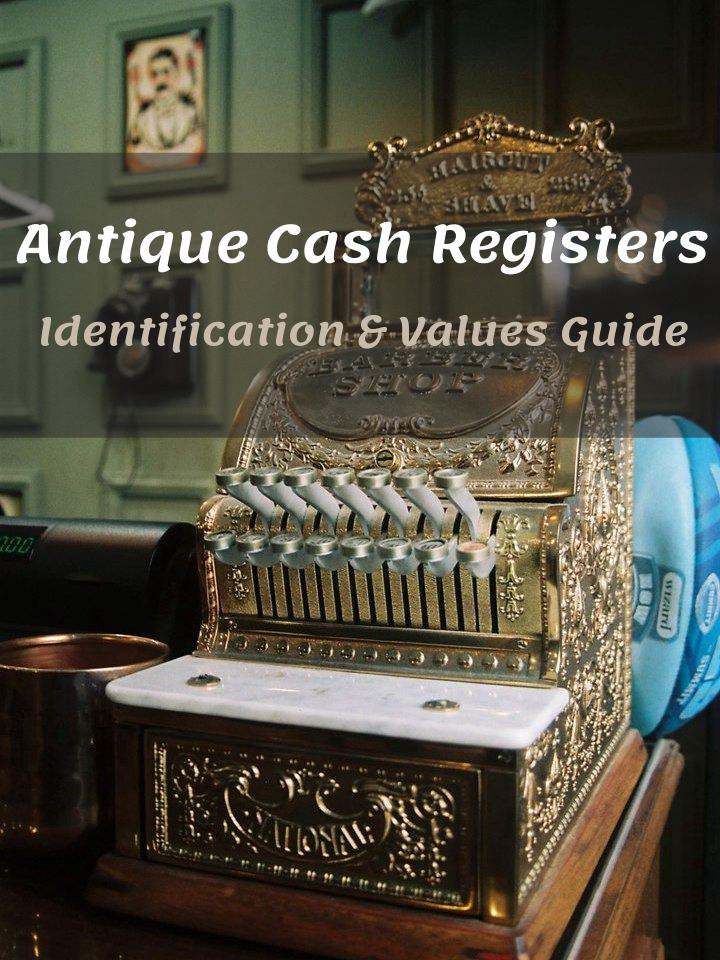
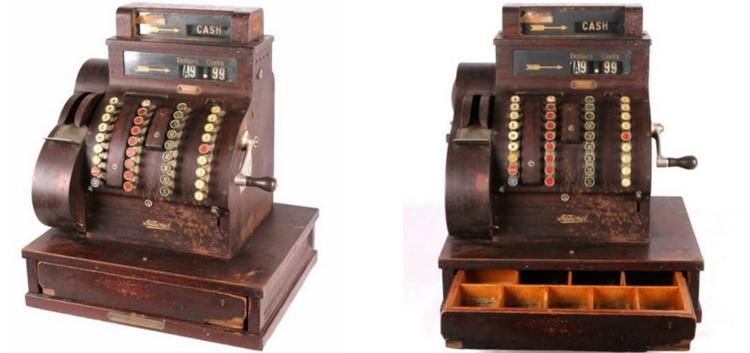
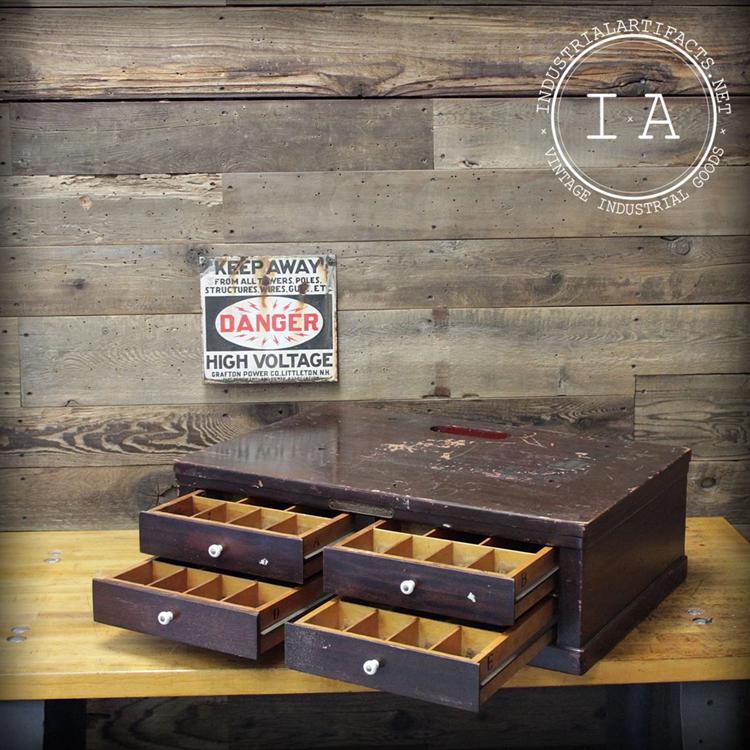
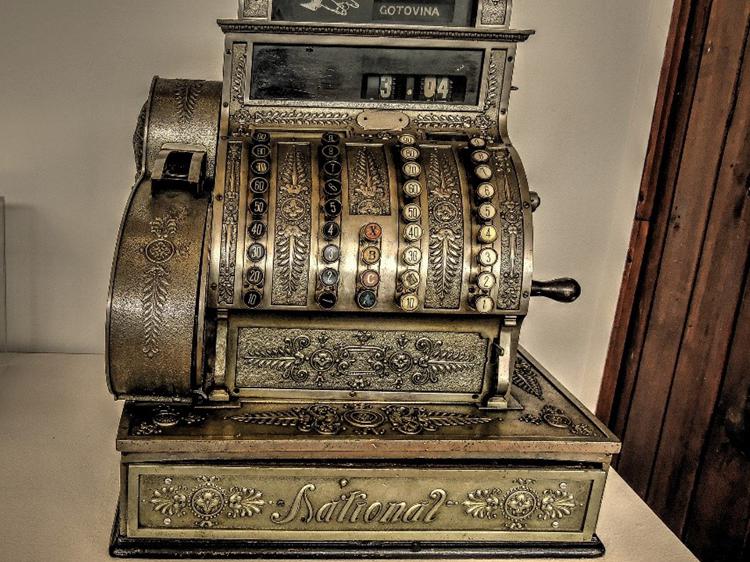
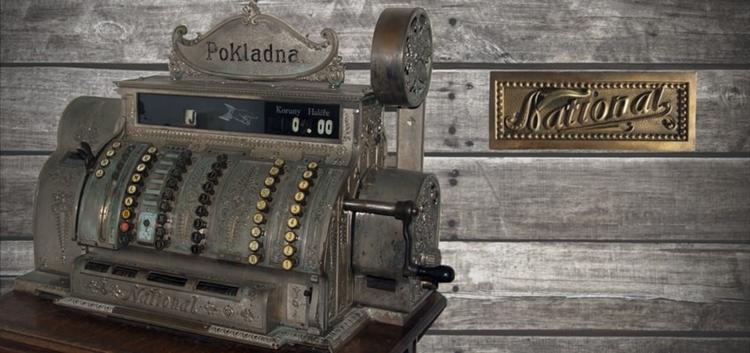






![Vintage Schwinn Bikes: [Types, Identification, and Values]](https://www.txantiquemall.com/wp-content/uploads/2022/05/5.-Schwinn-1967-Ramshorn-Fastback-Stingray-Sky-Blue-vtg-600x450.jpg)

I have a brass national cash register built in 1905 or 1908 size 75 with a serial # 331337 built in Dayton, Ohio. I would like to know a fair market value for it.